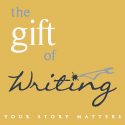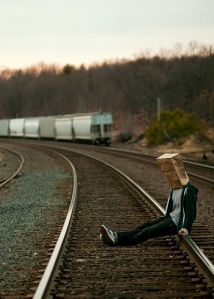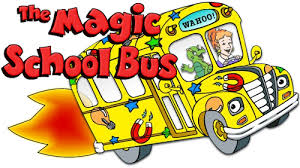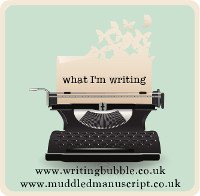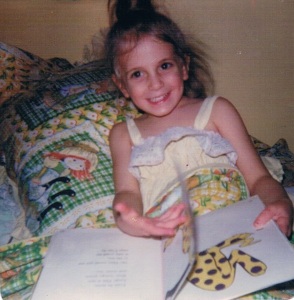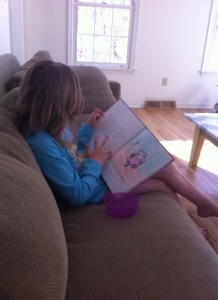A strange thing happened.
I realized, just recently, that I like winter.
I might even love it.
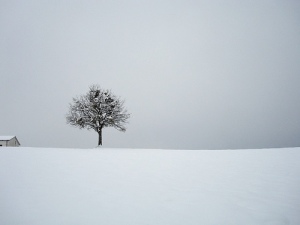
This is a crazy revelation for me because for most of my life I’ve been a staunch spring and summer supporter. I have a summer birthday and my daughter and husband have spring ones, and there is nothing I love more than seeing the first pink flowers bloom on bare winter trees.
I was so happy that my first child was due at the end of April. Spring felt like the perfect time to give birth. Just as everything was awakening and blooming, there was my baby, in my arms, her sweet bow lips as rosy as those blossoms.
By the time my second child was born in early November, I had come to appreciate fall, a season I had formerly dismissed as simply a precursor to winter. My mother had always loved autumn and as a child this baffled me. Perhaps it was because I associated fall with the start of school and the end of summer’s freedom. I only began to enjoy it when I became a mother myself.
Maybe my new appreciation for winter is a natural shift.
In my old mindset, winter was the death of everything beautiful. Trees were bare, plants looked skeletal, and the cold was unbearable. I still don’t like the cold. That fact will probably never change. But what I realize now is that you can still love the winter.
This first dawned on me a few months ago when I watched the first snowfall of the season. I sat in my office as the flakes fell thick and wet, quickly covering the grass and frosting the tree branches. My heart thawed as I witnessed this transformation.
There is something to be said about winter’s stark beauty.
The blacks and whites of tree branches and snow, the crystalline sparkling of ice, the glistening of icicles. One evening my daughter called me over to look outside. I ran to the window. Every surface of the backyard was sparkling as though dusted with glitter.
Maybe it’s the recent move from city to country that has opened my eyes. It was hard to appreciate winter in Brooklyn. The beauty of snow is quickly diminished by snowplows, boot tracks, and well, dogs.
There’s also the whole stroller problem. Have you ever tried to push a stroller through thick slushy snow, or slick patches of ice? Not fun. At all. Winter with small children in a city can be isolating and lonesome. You spend many hours holed up in small living quarters, and when you do venture out, it can be treacherous. I shouldn’t complain so much, we had a car, and that helped quite a bit, but I still struggled to get through the winter months. I ached for spring, counting the days until the first flowers pushed through the cold ground.
But here, in the country, surrounded by farmland, the snow is a thing of beauty. I no longer have to push my child in a stroller while the cold wind bites into my face. I can drive. The other day when I drove home after dropping my children off at school, I was struck by the loveliness of sleet.
Yes, sleet! It was not rain, not snow, but this strange amalgamation of the two. It looked like snow but melted the moment it hit the windshield. Another day I drove along the same road and watched snow blow in gusts across the street. It looked like sand or dust, flying over the fields. It was a little like magic.
In winter, things only appear dead. Beneath the snow packed ground there is life. There is energy in the branches of the apple tree, in the trunk, and in the roots. We just can’t see it. That energy, that life, is what will bear fruit in the spring. This season is about waiting. It’s about trusting. That can be hard to do.
As I look around the snowy landscapes on my many drives to and from school, to the museum, to play dates, to the café where I write some mornings, I realize that in some ways, this season represents my creative life after I had children. My writer self went into hibernation. But it was not dead, though I worried at times it might be.
I understand now that it was there all along, like the lifeblood of the trees in the orchard, waiting for the right moment to bloom again.
Now, finally, I can appreciate winter. The way it looks, the purpose of it. It makes so much sense for me, personally. I’m a homebody, a Cancer crab (in the astrological sense). I like hunkering down. I like warming up by the fire and drinking hot chocolate with my children, their red cheeks still cold from playing in the snow.

I like the forced solitude of the season, the inwardness of it.
I used to be the first to jump in with complaints about winter, and some days I still do, out of habit, but I understand now that while I may have claimed spring and summer as my own for most of my life, my personality has always leaned toward the other side.
What seasons do you feel most comfortable in, and why? Have your opinions of them changed over the course of your life?
I shared this post on Mum Turned Mom’s The Prompt, whose word this week is Winter. Click here to see what other writers have to say…


